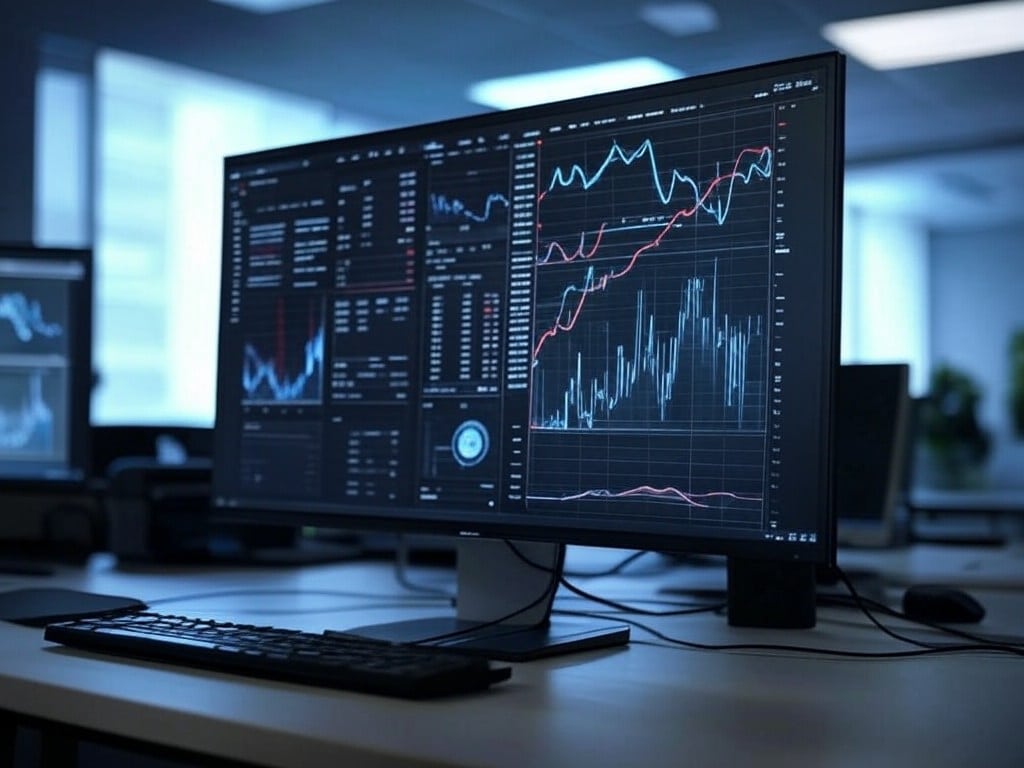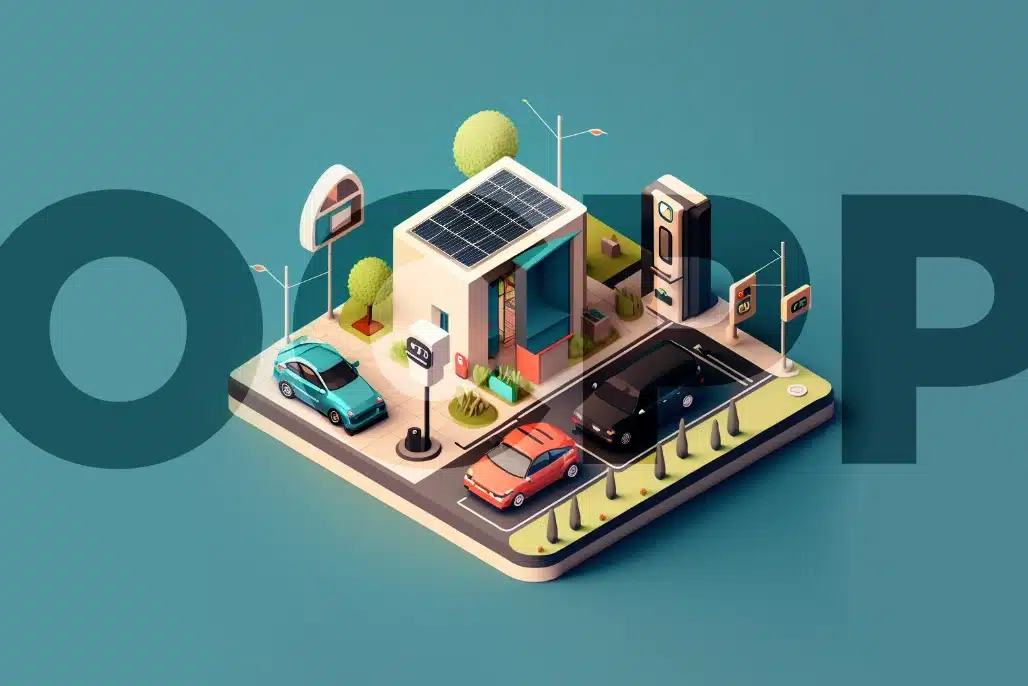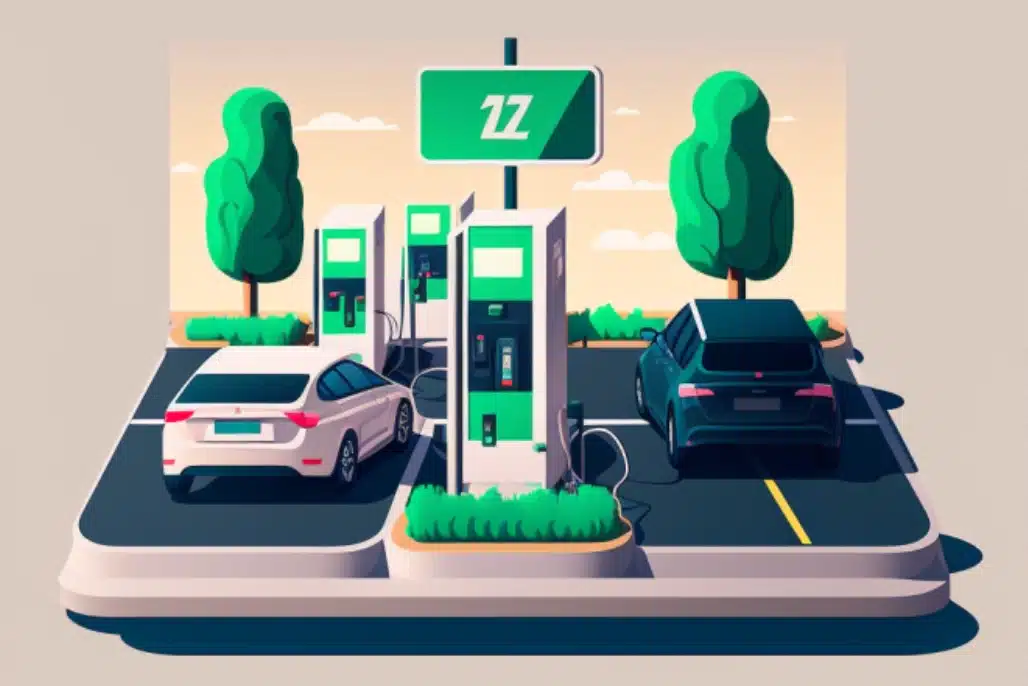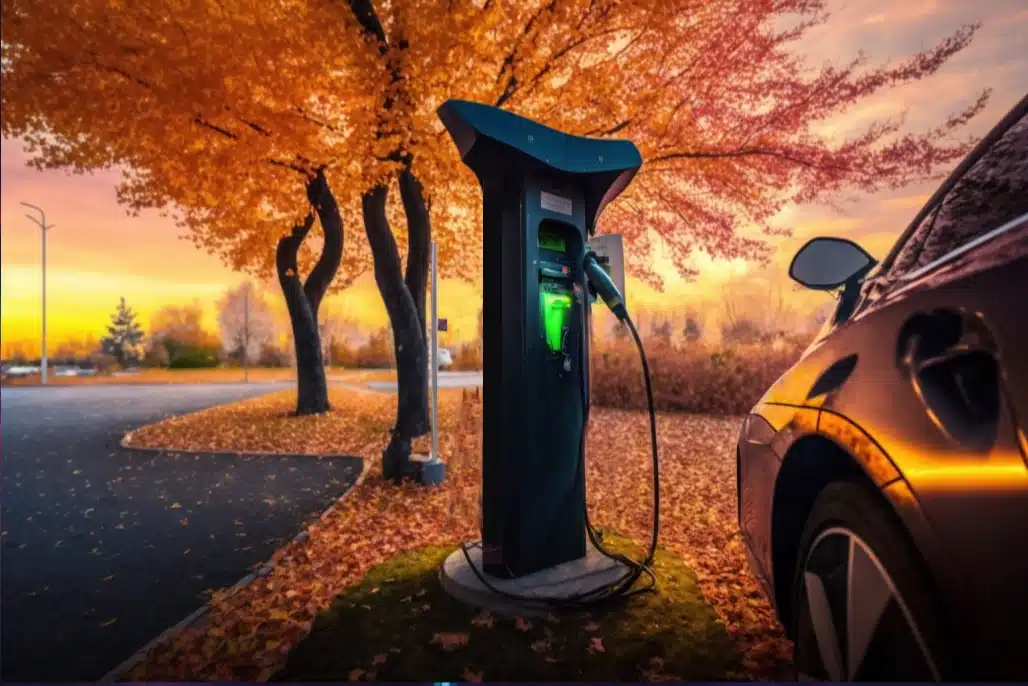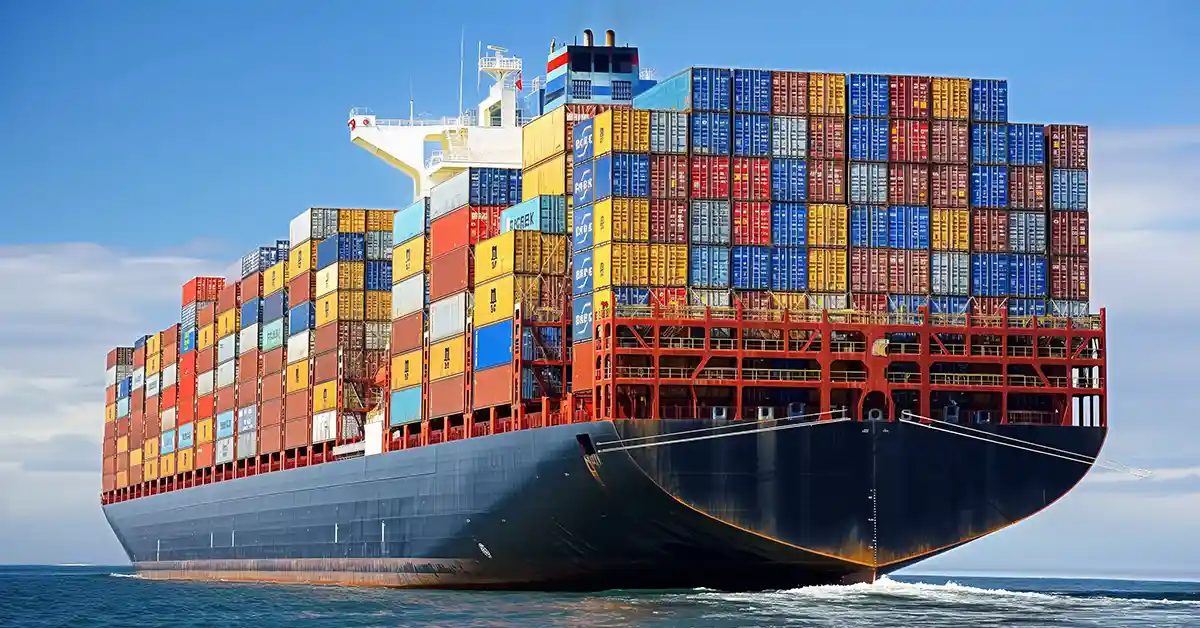
Dynamic positioning or station keeping is the task of maintaining a ship's position in relation to another object against external environmental forces, such as the tide, wind, or waves.
Station Keeping Vs. Keeping
Station keeping and cruising are very different regarding the matter of power draw. While cruising, the ship's power draw is constant and can be easily predicted, making their current generator and motor combination very efficient. However, the ship's power draw can be erratic and difficult to predict when it comes to station keeping due to the tide and wind affecting the ship in hard to predict directions and varying amounts.
Since it is difficult to predict a ship's power draw while station keeping, ships tend to leave their generators running at total capacity all of the time. As the generators take some time to spool up and down it is not feasible to power them on as power is required. Running them at total capacity all the time, irrelevant to the power draw, is inefficient, as hundreds of litres of fuel are being wasted.
A Different Approach
Operators are investigating the possibility of integrating a battery into their propulsion systems to combat this. By doing so, they are able to charge batteries with excess power when cruising to their station keeping destination and simply power down the generator to run off battery power while station keeping.
This would stop the generators from needing to stay on all the time, preventing hundreds of litres of fuel from being burned, both saving money and reducing the ship's carbon footprint significantly.
Full Stack Energy, who specialises in the development of software for controlling these systems, created a simulation showcasing a ship integrated with a battery for station keeping:
What is Happening in the Video?
Initially, the ‘Spawn Wave’ button is clicked.This generates a wave which collides with the ship to knock it off course.
Secondly, the ‘Correct Heading’ button is pressed. This signals the control system to correct the ship's position if it is required.
While moving back to its original position, it maintains the use of battery power when available and recharges the battery once it reaches its destination using the ship's primary generator.
The control algorithms used are similar to those used in petrol / electric hybrid car engines, that is constantly balancing power draw against battery capacity and charge and switching in the engines only when extra power is required, or batteries are at low capacity.
This is one of a number of general mathematical problems in the field of constraint satisfaction – an area that is becoming key to all applications that ‘store and draw’ power from batteries in everything from engine management to renewable power usage.



